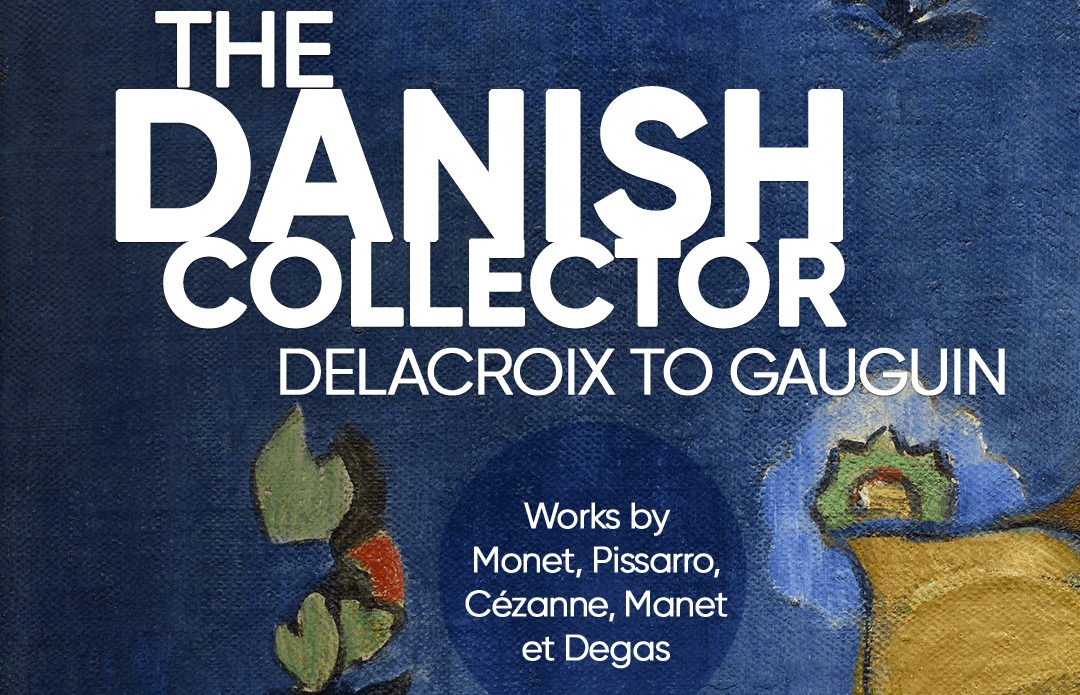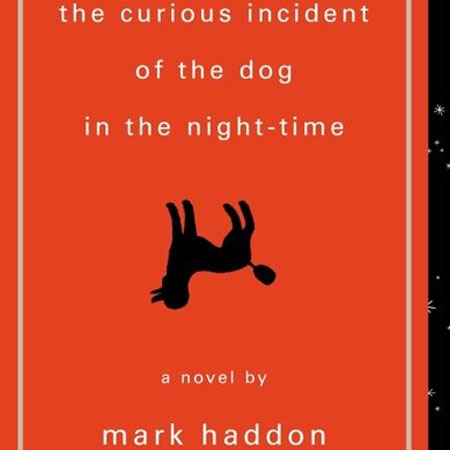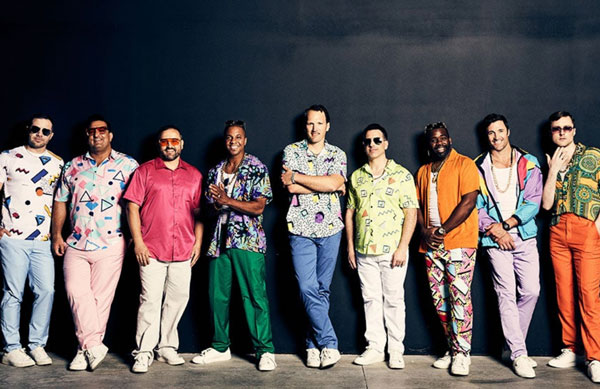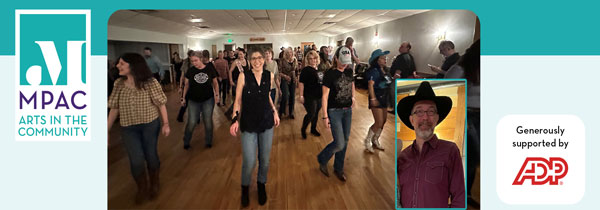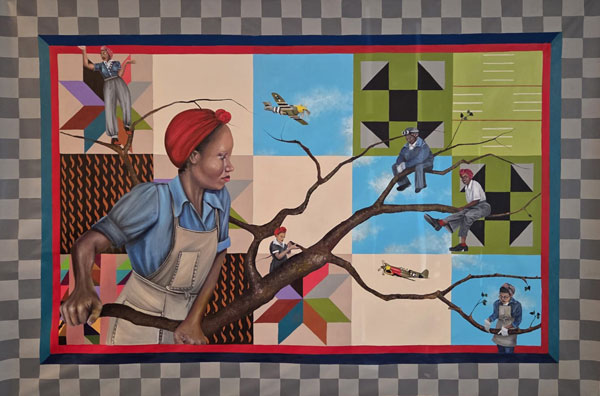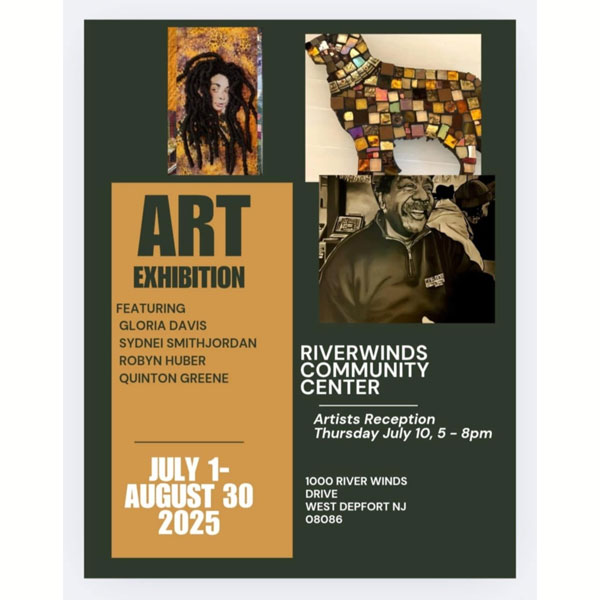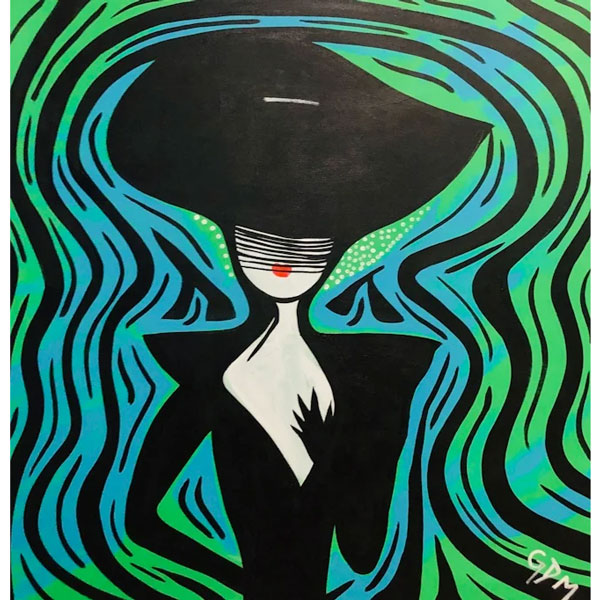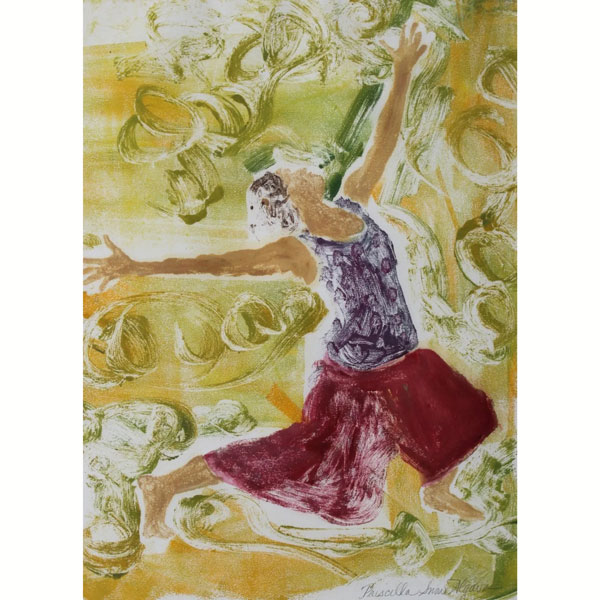By Gary Wien, JerseyArts.com
originally published: 04/04/2017

For those living with Autism Spectrum Disorder, art may be their only mode of communication. One end of the spectrum includes those who are the most isolated and who literally live in their own world. Yet, even if they are unable to write or speak, some are able to create art which offers a glimpse of the person inside. For those at the other end of the spectrum who are much more functional, artwork shows how strong their abilities can be.
Monmouth University in West Long Branch has teamed up with Autism Speaks to showcase the work of such artists in the exhibit “Art + Autism,” which runs now through May 31 in the University’s Pollak Gallery. The exhibit was planned to correspond with Autism Awareness Month and a series of events throughout April.
The University announced a call for entries for the exhibition last October and received more than 80 pieces of art. The artwork was evaluated by a jury made up of members from the University’s Autism Awareness Month planning committee, which included representatives from Monmouth University’s Center for the Arts, the School of Education and Autism Speaks NJ. Each of the representatives on the committee saw the artwork and the artists through their specific area of expertise. In the end, the committee selected works by 26 artists, ranging in age from 16 to 41.
“Just like autism is on a spectrum, the artists in the show create their art for many reasons,” said Kelly Barratt, Assistant Director, Monmouth University Center for the Arts. “For some of the artists who may be nonverbal or have limited verbal skills, their artwork is a powerful communication tool. Other artists have had more formal training in art schools or with distinguished teachers, so reading the artist statements and understanding how the artist approaches their artwork factored into each juror’s decision to include the works.
“This is our first exhibition for artists with autism,” continued Barratt. “We were inspired by the healing power of art. We wanted to showcase the amazing talents of artists living with autism spectrum disorder and initiate a conversation about the unique power of art in the autism community. We specifically targeted artists 16 and older, because during our discussions with experts in the fields and parents of children with ASD, they communicated that once a child ages out of the school system there are fewer opportunities/resources available to them. and it was important to us to create an opportunity to showcase the amazing work they are doing.”
Kristyn Corace is a teacher at Thorne Middle School in Middletown, about 10 miles away from Monmouth University. She teaches students between grades 6-8 within a Multiple Disabilities Program. Her students have a variety of disabilities including, but not limited, to autism. Students are generally in her program for four years from the age of 12-16. Corace dedicates one of the years to a theme of art. The students concentrate on learning about famous artists and replicating their art.
“During this year, my students are touched in many ways by learning about the art and artists,” explained Corace. “The parents of my students always comment about how much information they bring home about the art and artists and how intrigued they are about this topic. Throughout the year, I also tailor my community-based-instruction trips to art museums and experiences. Last year we visited the Zimmerli Art Museum at Rutgers, the Newark Art Museum, Grounds For Sculpture and the Museum of Modern Art.
“At the Zimmerli Art Museum, we were in a room with about 25 paintings and I asked, ‘Which painting is your favorite?’” recalled Corace. “One of my students who uses an iPad to communicate went to a page on her device and said, ‘astronaut’. She was never shown this on her iPad, she found it herself and there was a huge painting of a space scene!
“At Grounds For Sculpture, one of my students who usually keeps to himself – and it is a struggle for him to interact with peers – was in the group of students watching and mimicking what his peers were doing. At home that day, his mom asked him how he liked the trip. He usually has no response to that question. On that day he said, ‘Mommy, go back.’ He wanted to go back with his family and they went!
“And in class we had learned about Pointillism; this type of art is made of dots. One of the most famous artists of this style is Yayoi Kusama. We studied her quite a bit and saw a lot of her art. As soon as we walked into a room at MoMa, one of my students grabbed my arm and pointed to a chair. She said, ‘That’s the dot lady’s chair!’ Another student stood in front of a very large piece of art and said, ‘Mrs. Corace, it’s Frank Stella!’”
That kind of passion for art is seen in the artist statements for the exhibit:
“I am an artist who happens to be on the autistic spectrum,” wrote Ronaldo Byrd. “My artwork focuses on the fact that everyone is beautiful. There is beauty in everything I see and everyone has something to offer. My art and I represent differences and my hope is that the world can see beauty and acceptance through my eyes.”
Catherine Catalano from the ARC of Monmouth wrote of her time with Louis William Denegar, “I have worked with Louis for nine years in a workshop setting. Louis is a charming sweet soul. He is soft spoken and kind. He speaks well, but appears to be more comfortable communicating through his drawings. Louis draws every day, throughout the day… He has to draw, his art is part of who Louis is. He draws in metaphorical language. He draws himself as Godzilla and assigns various family members interesting characters. Drawing is a salvation for Louis. It is how he navigates through the difficulty that autism plays on language.”
And Alyssa Militello wrote of her artwork representing the way she sees the world. “For example, ‘Through my Eyes’ is a painting of the world as a stage. The stage represents myself opening my eyes every day in the same way you open a curtain at a play. You never know what is going to happen, or what the day will bring; it could be adventure, tragedy, or the best day ever. ‘I Am Not Alone’ is a painting where I am acknowledging that I know I am not the only one with autism and that I will always have friends with me; real or not! ‘Not Broken’ is about the fact that I may be autistic and may not always be able to see and understand what my friends see, but I’m proud of who I am and that I have friends who accept me for who I am.”
The exhibition is a fascinating mix, from the comic book super heroes created by Chad Coulter to Alicia Nieves and her hints of Vincent van Gogh to the Warhol-inspired work of David Woodruff. Some pieces look child-like, while others are very sophisticated. The exhibit does a fine job of presenting the entire spectrum.
“The creative process of art is a natural fit for many individuals with autism,” said a representative for Autism Speaks NJ. “Art offers an opportunity for self-expression. Expressing feelings and ideas through images is very natural for some people and many individuals with ASD are quite talented artists, visually, musically and poetically. Offering a venue like this for individuals with ASD is a wonderful opportunity for the world to see the immense talent and vision in our communities.”
Come to the “Art + Autism” exhibition and see what its 26 artists have to say. The Pollak Gallery is located on the Monmouth University campus, 400 Cedar Avenue, West Long Branch. For information about the events taking place throughout April, visit www.monmouth.edu/autismawareness.
About the author: Gary Wien is a music journalist from Belmar, NJ. A three-time winner of Asbury Music’s Music Journalist of The Year, his writing and photographs have been seen in publications like Upstage Magazine, Backstreets Magazine, Gannett Newspapers, and Princeton Magazine. He is the also the author of two books: Beyond The Palace (about the history of rock music in Asbury Park) and Are You Listening? (his picks for the Top 100 Albums of 2001-2010 by New Jersey Artists) and is the publisher of New Jersey Stage magazine.
Content provided by
Discover Jersey Arts, a project of the ArtPride New Jersey Foundation and New Jersey State Council on the Arts.
FEATURED EVENTS
To narrow results by date range, categories,
or region of New Jersey
click here for our advanced search.



